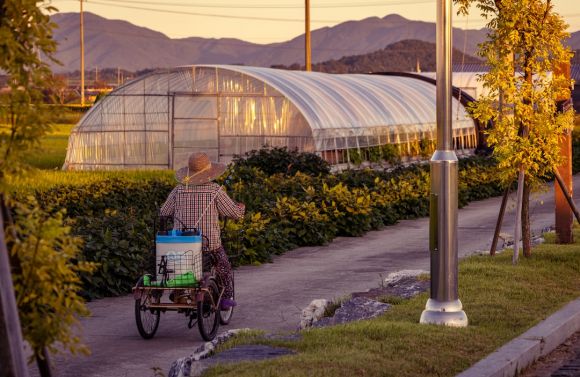Pesticides have long been used as a means to control pests and protect crops. However, the over-reliance on these chemicals has led to environmental and health concerns. In recent years, there has been a growing interest in adopting sustainable pest management techniques that aim to reduce pesticide usage while still effectively managing pests. These techniques focus on prevention, monitoring, and the use of natural alternatives. In this article, we will explore some of the sustainable pest management techniques that can help reduce pesticide usage.
Prevention is Key
One of the fundamental principles of sustainable pest management is prevention. By implementing preventive measures, farmers can minimize the need for pesticides. This involves maintaining healthy and diverse ecosystems, practicing crop rotation, and using resistant crop varieties. By creating an environment that is less favorable for pests, farmers can reduce the chances of an infestation and the need for chemical intervention.
Monitoring and Early Detection
Regular monitoring and early detection are crucial in sustainable pest management. By closely monitoring the crops, farmers can identify pest populations before they reach damaging levels. This allows for targeted interventions, such as the use of biological control agents or physical barriers, to prevent the need for widespread pesticide application. Integrated Pest Management (IPM) strategies, which focus on monitoring and thresholds, can help farmers make informed decisions about when and how to intervene.
Biological Control
Biological control is a sustainable alternative to chemical pesticides. It involves the use of natural enemies, such as predators, parasites, and pathogens, to control pest populations. By introducing these natural enemies into the ecosystem, farmers can achieve long-term pest management without relying on pesticides. This approach not only reduces pesticide usage but also helps preserve the natural balance of the ecosystem.
Cultural Controls
Cultural controls involve modifying farming practices to manage pests. This can include practices such as crop rotation, intercropping, and the use of trap crops. These techniques disrupt the pests’ life cycle, making it harder for them to establish and spread. By implementing cultural controls, farmers can reduce the reliance on pesticides and create a more sustainable farming system.
Physical Barriers
Physical barriers can be an effective means of pest management. By using physical barriers, such as nets, screens, or fences, farmers can protect their crops from pests without the need for chemical intervention. This approach is particularly useful for protecting high-value crops or sensitive areas where pesticide usage may be restricted.
Education and Training
Effective pest management requires knowledge and understanding of the pests and their behavior. Education and training programs can help farmers learn about sustainable pest management techniques and improve their pest identification skills. By equipping farmers with the tools and knowledge they need, we can promote sustainable practices and reduce pesticide usage in the long term.
In conclusion, reducing pesticide usage is crucial for achieving sustainable pest management. By focusing on prevention, monitoring, and the use of natural alternatives, farmers can effectively manage pests while minimizing the reliance on chemical pesticides. Implementing sustainable pest management techniques not only protects the environment and human health but also promotes long-term agricultural sustainability. Through education and the adoption of these techniques, we can create a future where pest management is both effective and sustainable.
